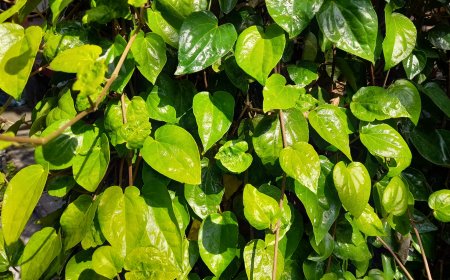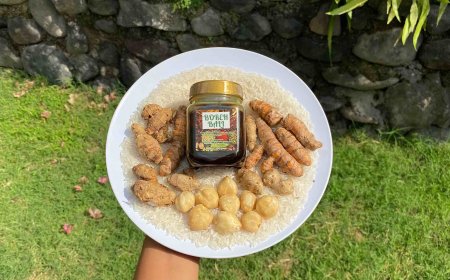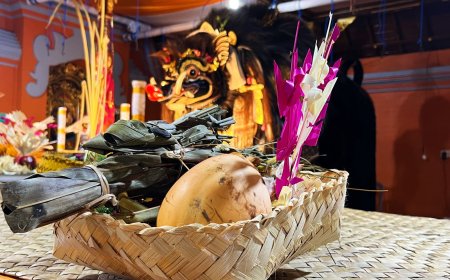Loloh Don Temen: A Potent Traditional Balinese Remedy for Treating Feverish and Mouth Ulcers
Usadha Bali is a traditional healing method passed down through generations. It covers various types of treatments, including remedies for common ailments like Feverish and Mouth Ulcers. One such herbal concoction sourced from nature is "Loloh Don Temen," which serves as an effective remedy for alleviating Feverish and treating Mouth Ulcers. The sensation of "Tis" (coolness) in the stomach will be felt after taking a sip of it.
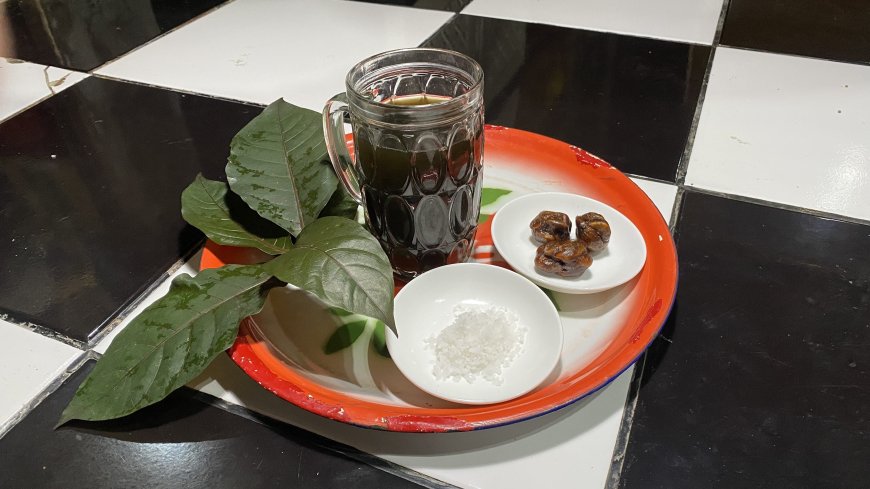
Bali is known for its rich cultural heritage passed down through generations. Not only that, but also abaout traditional healing methods known as Usadha Bali which also firmly held and preserved to this day. One of these methods is explain about Don Temen, also known as Daun Ungu in Indonesian. In Balinese, "Don" means leaf, and Don Temen is the primary ingredient used to make Loloh Don Temen in Usadha Bali.
Usadha is a traditional healing science in Bali that originates from ancient Indian texts on medicine, Ayurveda. The word "Usadha" itself comes from Sanskrit “ausadhi”, with meaning medicinal plants. Various palm leaf manuscripts derived from this traditional healing science are still cherished by the Balinese community, including Usadha Ola Sari, Usadha Separa, Usadha Sari, Usadha Cemeng Sari, Wraspati Kalpa, Budha Kecapi, and others, including the Taru Premana manuscript that discusses the various benefits for medicine of plants, including Don Temen plants.
Don Temen is a plant sometimes found in the yards of Balinese households. This plant has been used as a herbal remedy passed down through generations. It can grow up to three meters tall and has lush purple-colored leaves. In Indonesian, Don Temen is often referred to as the "Daun Ungu" or "Purple Leaf" plant.
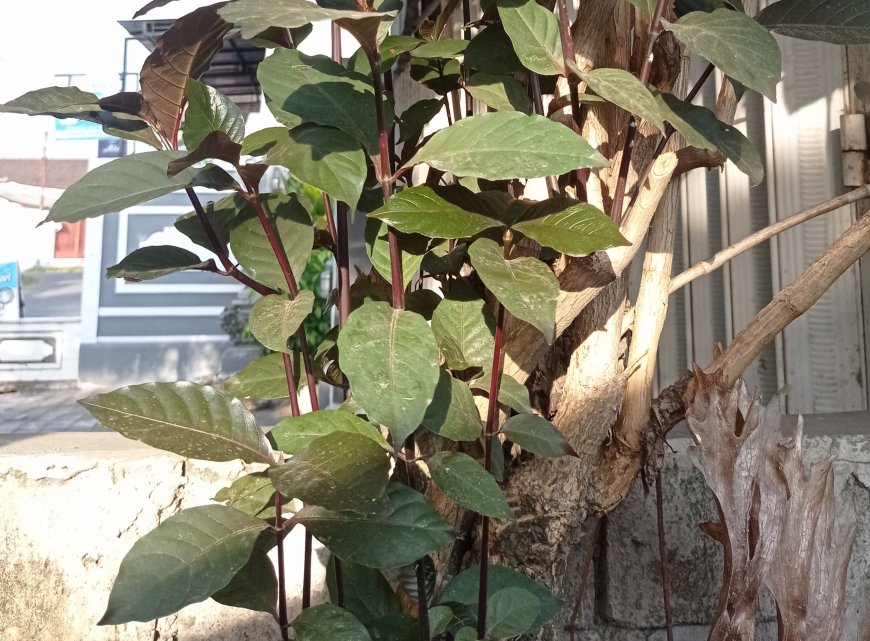
Don Temen Tree (Photo Source : Editorial Collection)
Don Temen, scientifically known as Graphyllum pictum, contains compounds such as saponins, tannins, alkaloids, flavonoids, and glycosides. Additionally, Don Temen has a high antioxidant content, which can improve digestive health. This is because these compounds play a vital role in softening stools, making them easier to pass.
The flavonoid content in Don Temen can reduce inflammation and pain. Don Temen also contains ethanol extract, which has anti-inflammatory and analgesic properties. Therefore, it can alleviate the symptoms of hemorrhoids, often caused by inflammation of the veins around the anus. Its anti-inflammatory properties can also be used to treat boils.
Don Temen contains tannins and flavonoids that effectively combat Streptococcus mutans bacteria, one of the main causes of dental plaque. The presence of tannins and flavonoids can prevent the formation of plaque by inhibiting the production of acids from sweet foods, thus effectively reducing plaque buildup on teeth.
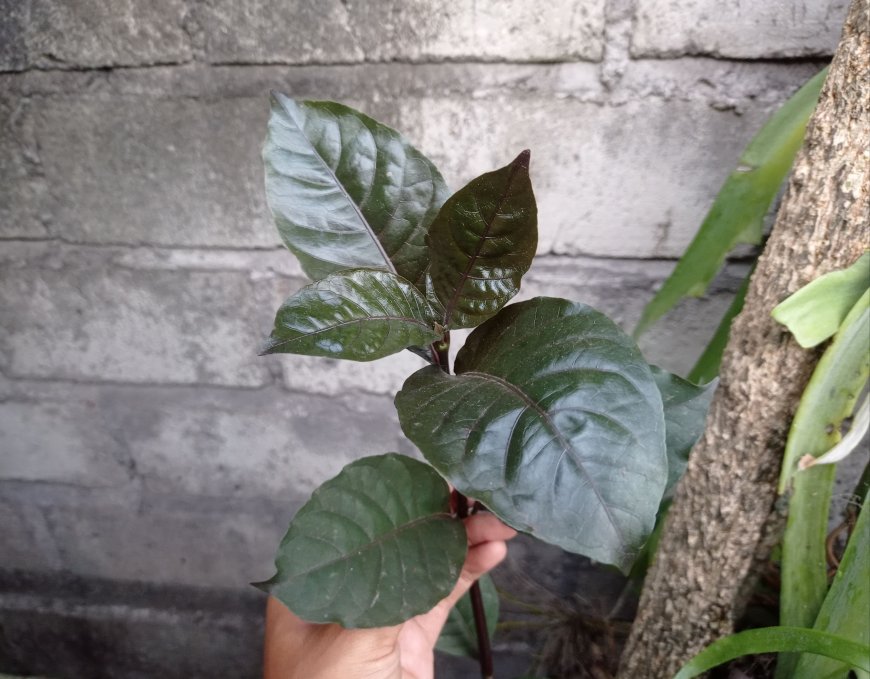
The Don Temen Used (Photo Source : Editorial Collection)
For treating feverish and mouth ulcers, Don Temen can be used to make "Loloh Don Temen" a remedy with multiple benefits. Loloh Don Temen is often recommended by Balinese traditional healers to patients who prefer traditional remedies over chemical medications. These patients typically complain of abdominal discomfort and malaise.
Loloh Don Temen has been passed down as a traditional remedy and is trusted by the Balinese community. While Don Temen plants may not be as common in some places today, Loloh Don Temen remains a popular choice for alleviating feverish and discomfort body. It is easy to make and does not require special equipment.
To prepare Loloh Don Temen, you will need a bowl for drinking water, a strainer for filtering out leaf residues, and a glass for serving the drink. The ingredients include Don Temen (Purple Leaf or Daun Ungu), mineral water, salt, and tamarind. For one glass of Loloh Don Temen (approximately 500 milliliters), you will need 500 ml of mineral water, 10 to 15 Don Temen leaves, half a teaspoon of salt, and two tamarind seeds. To maximize the benefits of Loloh Don Temen, use leaves that are not too old but not too young.
The preparation process is straightforward, but the proportions should be followed for maximum efficacy and a pleasant taste. First, separate the Don Temen leaves from their stems and wash them thoroughly. Then, place the leaves in the prepared bowl. Second, add approximately 500 ml of water to every 10 to 15 cleaned Don Temen leaves. Third, crush or knead the Don Temen leaves by hand until they break down into small pieces and release a greenish-purple liquid mixed with mineral water. Once it has enough color, strain the mixture and pour it into the serving glass.
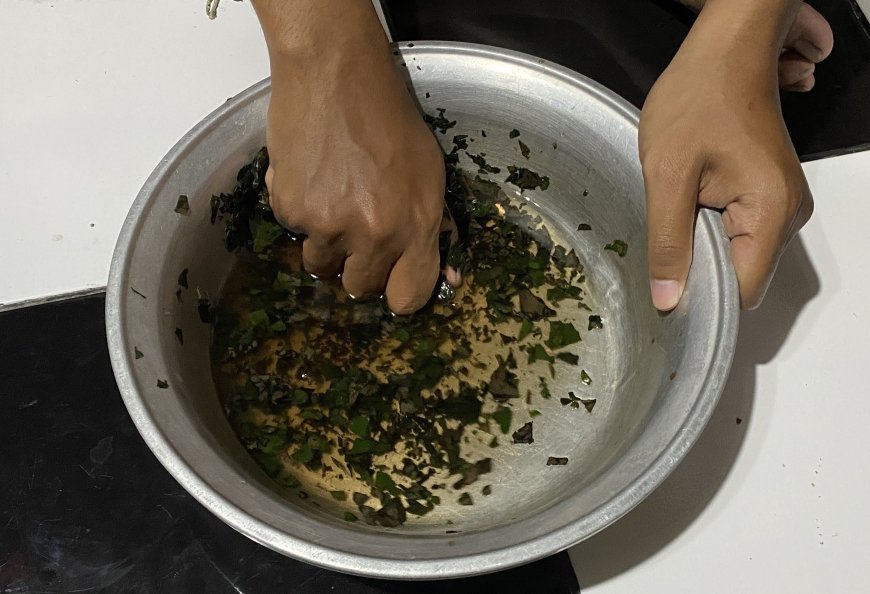
The Don Temen Crushing Process (Photo Source : Editorial Collection)
The initial mixture may taste slightly bitter, and to balance this, you can add a pinch of salt, approximately half a teaspoon. After achieving a neutral taste, add a bit of tamarind (Asam Jawa) to suit your preference. As a result, Loloh Don Temen will have a refreshing taste with a slightly sour note from the tamarind. After drinking it, you will feel a cool sensation in your stomach (Tis in Balinese) almost immediately, and for those with mouth ulcers, the stinging sensation in the mouth will gradually subside. The tamarind in Loloh Don Temen also aids in digestion. This is why traditional Balinese healers often recommend Loloh Don Temen for treating internal heat and mouth ulcers.
Traditional healing methods like this should not be underestimated because they use natural ingredients without the potential risks associated with chemicals. Usadha Bali is a valuable treasure trove of knowledge that must be preserved, as traditional healing methods can pave the way for the discovery of modern medicines in the future.


















































